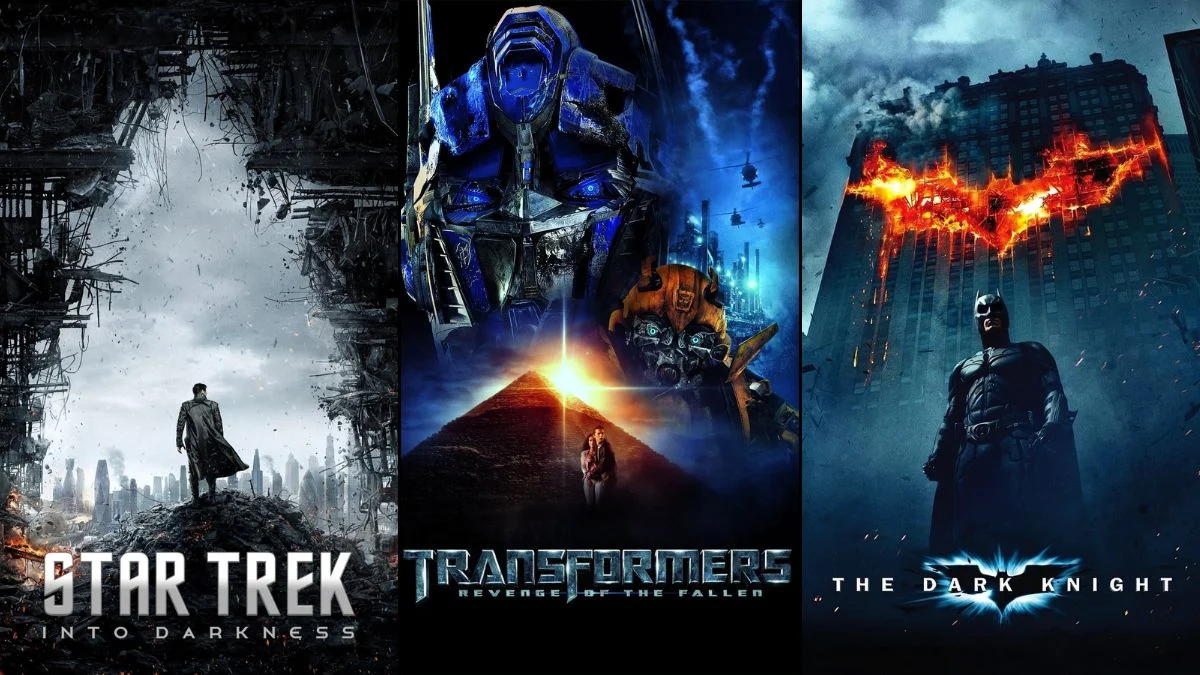
There’s a unique experience in seeing a film shot with an IMAX camera and then presented on a large screen using 70mm prints. These films often used 15-perforation 65mm film for certain scenes, and they premiered with special showings that highlighted the full-height of the IMAX frame, providing viewers with incredibly clear visuals and a vast field of view.
As a film enthusiast, I’ve been following the incredible evolution of IMAX, and I’m excited to share details about the groundbreaking releases that truly utilized the power of the IMAX camera – specifically, those shot with it and then shown in genuine 70mm IMAX theaters. Below, I’ve outlined each of these films, noting exactly which scenes were captured using the large-format cameras and where you’ll most easily notice the change in visual quality. I’ve also included details about how these films were originally released, so you can understand how they first reached audiences in their most impressive and visually stunning form. It’s fascinating to see how filmmakers are pushing the boundaries of visual storytelling! Learn more about the technical aspects here. This is a deep dive for true IMAX fans.
‘The Dark Knight’ (2008)
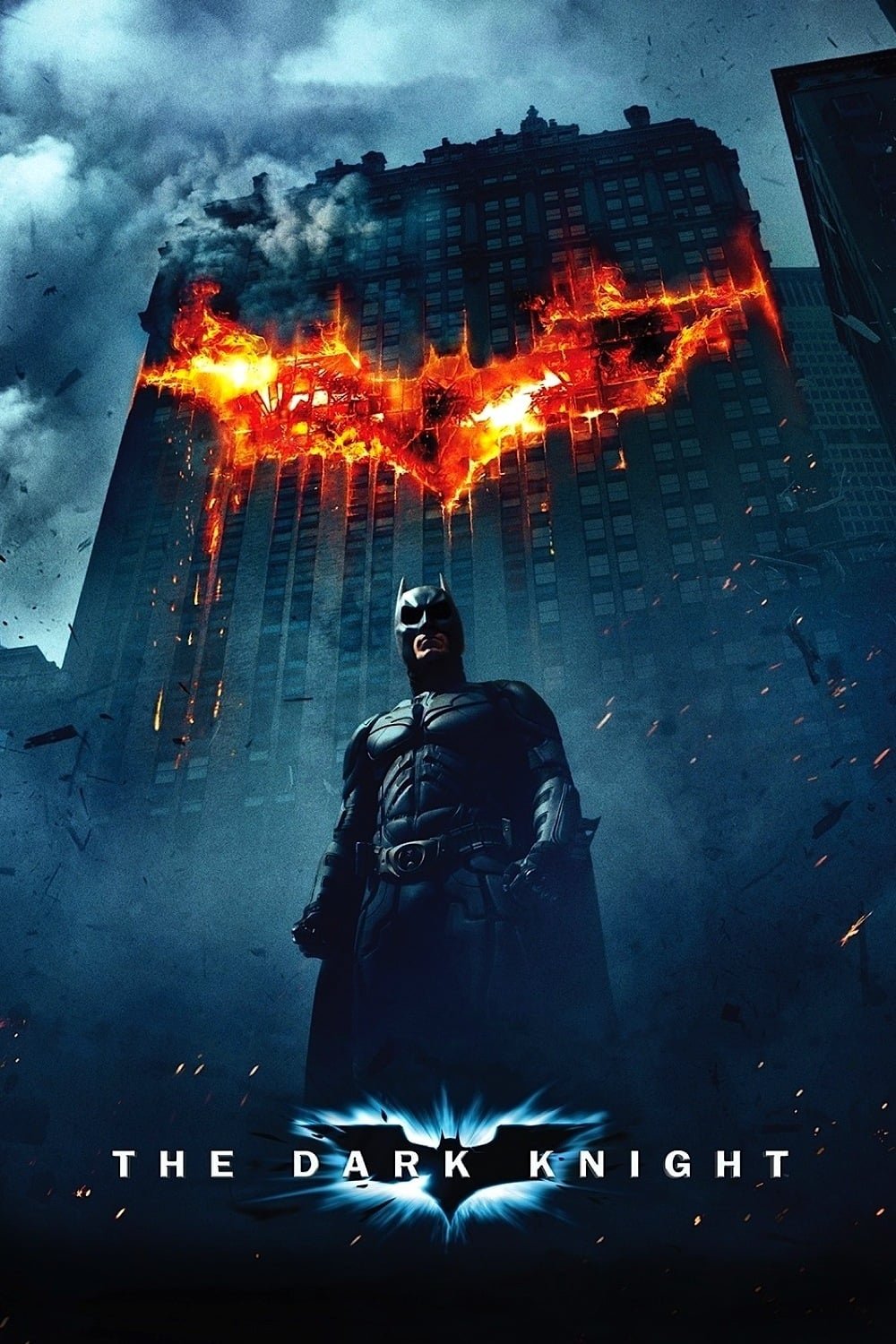
The filmmakers shot several scenes – like the opening bank robbery and the chase with the armored truck – using a special 15-perf 65mm format. These scenes were composed to take advantage of the taller picture and are intended to be shown in their full height at theaters equipped for this format.
In select cinemas, the 70mm IMAX versions of the film showed the image expanding to fill the wider 1.43:1 aspect ratio during the IMAX sequences. For scenes not filmed in IMAX, a letterbox presentation was used. The regular 35mm film and digital copies kept the original editing and didn’t have this change in vertical size.
‘Transformers: Revenge of the Fallen’ (2009)
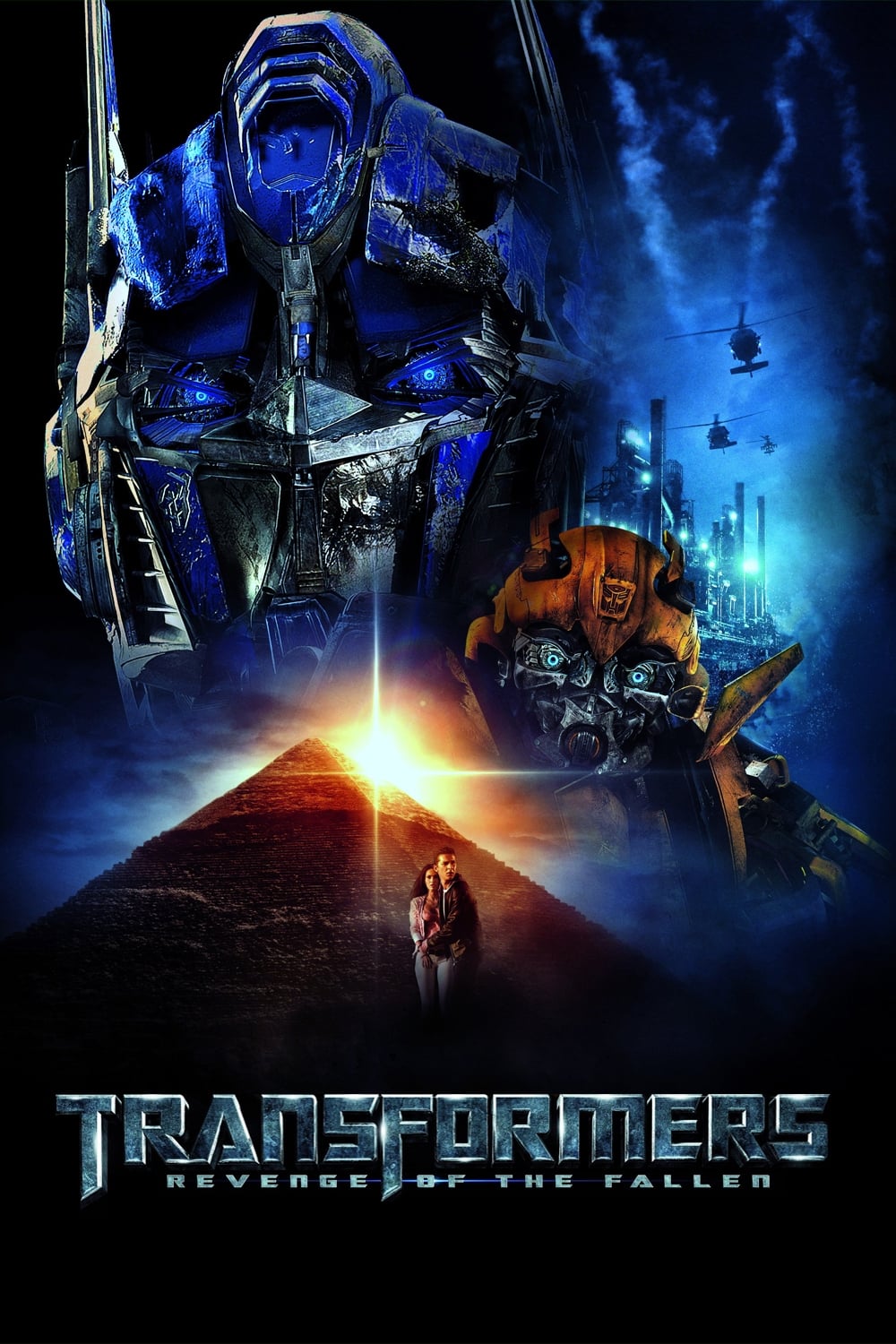
For scenes with lots of visual effects, large-format cameras were used to record more detail, allowing the footage to be blown up for showing on huge screens. The shots were carefully designed to switch between different camera types without losing the sense of size and movement during the action.
In IMAX 70mm theaters, the film showed a larger image when possible, but switched to the regular aspect ratio for the rest of the movie. Standard showings released at the same time used a consistent frame format for theaters that didn’t have 70mm projectors. This ensured a consistent viewing experience regardless of the venue’s capabilities. The expanded image was a key feature of the IMAX presentation.
‘Mission: Impossible – Ghost Protocol’ (2011)

To make the Burj Khalifa appear even taller and more detailed, footage of it and other high-altitude scenes was shot on IMAX film. The camera equipment and protective casings were specially designed to withstand strong winds and being mounted on the building itself.
When the film was shown in 70mm IMAX theaters, the IMAX footage filled the entire tall screen, while the rest of the movie was presented in a letterboxed format. However, the sound and timing were consistent across all versions. In theaters that weren’t IMAX, the movie was shown in a standard widescreen format throughout.
‘The Dark Knight Rises’ (2012)
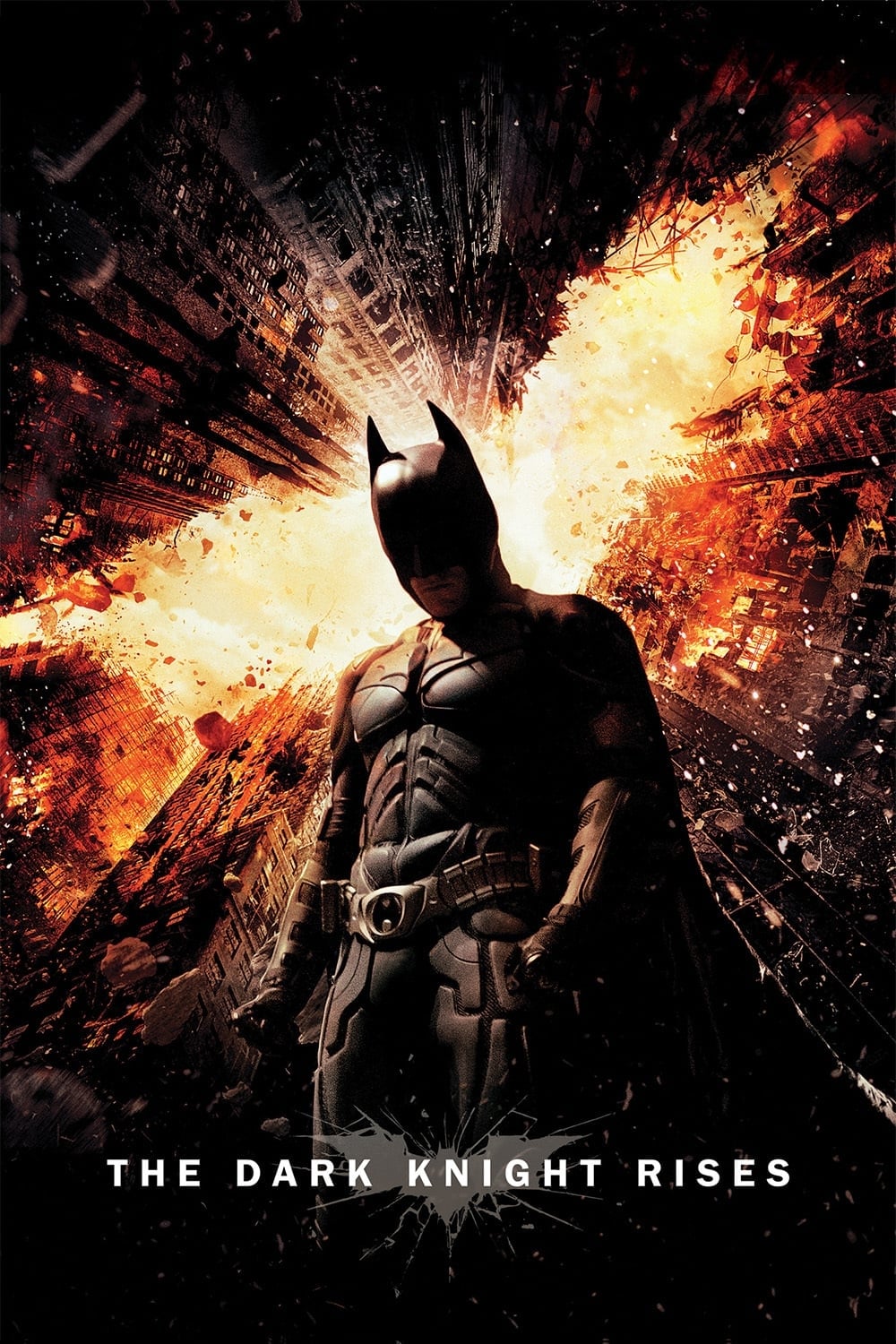
As a film buff, I was really excited to hear how much this production leaned into IMAX. They didn’t just use it for establishing shots; they filmed aerial sequences, big crowd scenes, and all the large-scale action using 65mm film! What’s even more impressive is how carefully they planned the framing throughout the shoot. This ensured that when everything was edited together, the transitions between the different formats – like switching between IMAX and standard film – were seamless and looked fantastic. It really shows a commitment to visual quality and a polished final cut.
The exhibition featured 70mm IMAX screenings that often filled the entire screen. The film was also made available in digital and 35mm formats, allowing theaters without film projectors to show it at the same time as others.
‘Star Trek Into Darkness’ (2013)
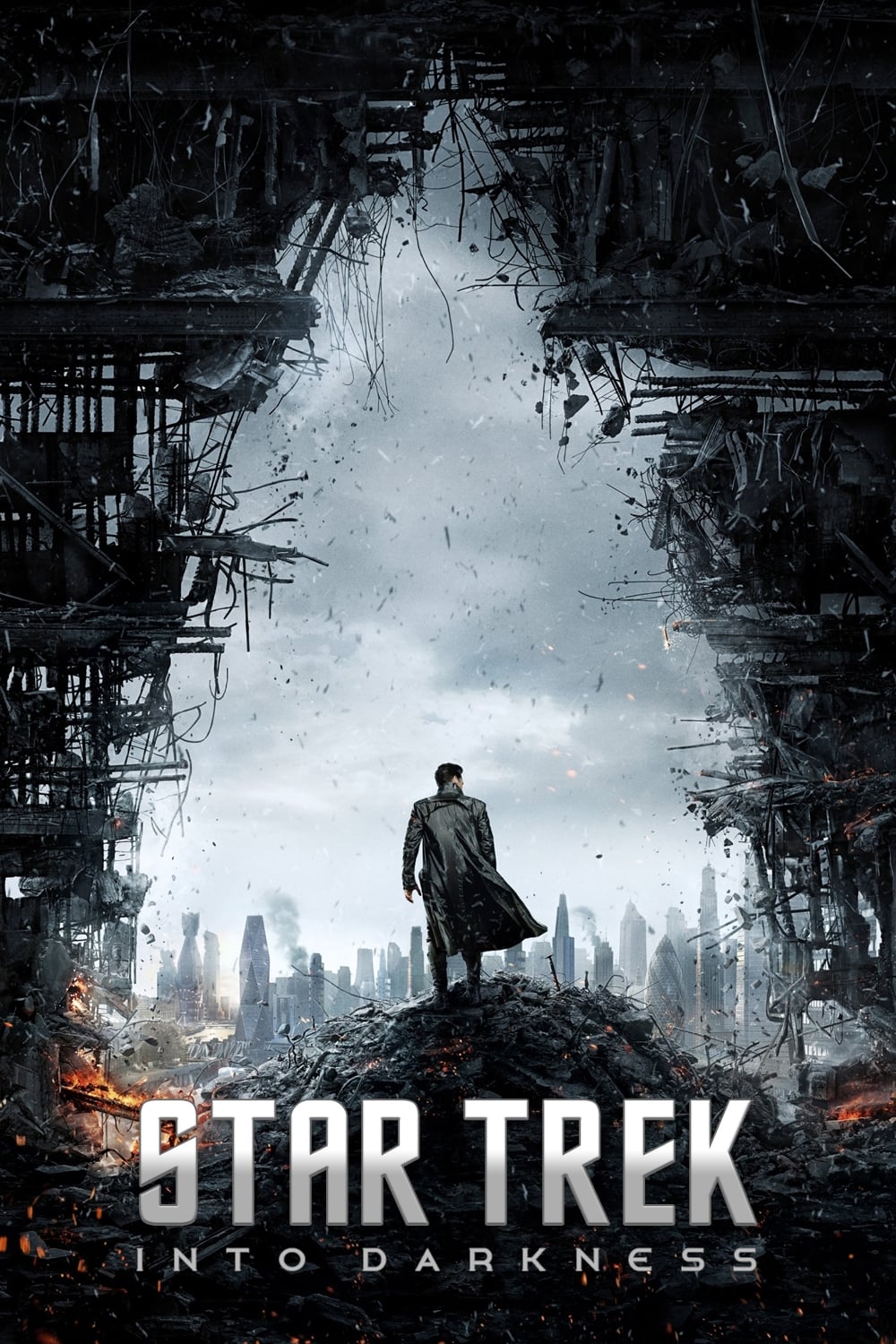
Certain scenes were filmed using IMAX cameras and specifically designed to fill more of the screen in IMAX theaters. During editing, the film’s rhythm and speed were kept consistent when switching between different film formats.
For showings in theaters, the film was presented in a standard format to ensure everyone saw the same version. However, special playdates in 70mm IMAX theaters took advantage of the format, expanding the picture to fill the entire IMAX screen during specific scenes. This meant that IMAX scenes were shown with a wider aspect ratio.
‘The Hunger Games: Catching Fire’ (2013)
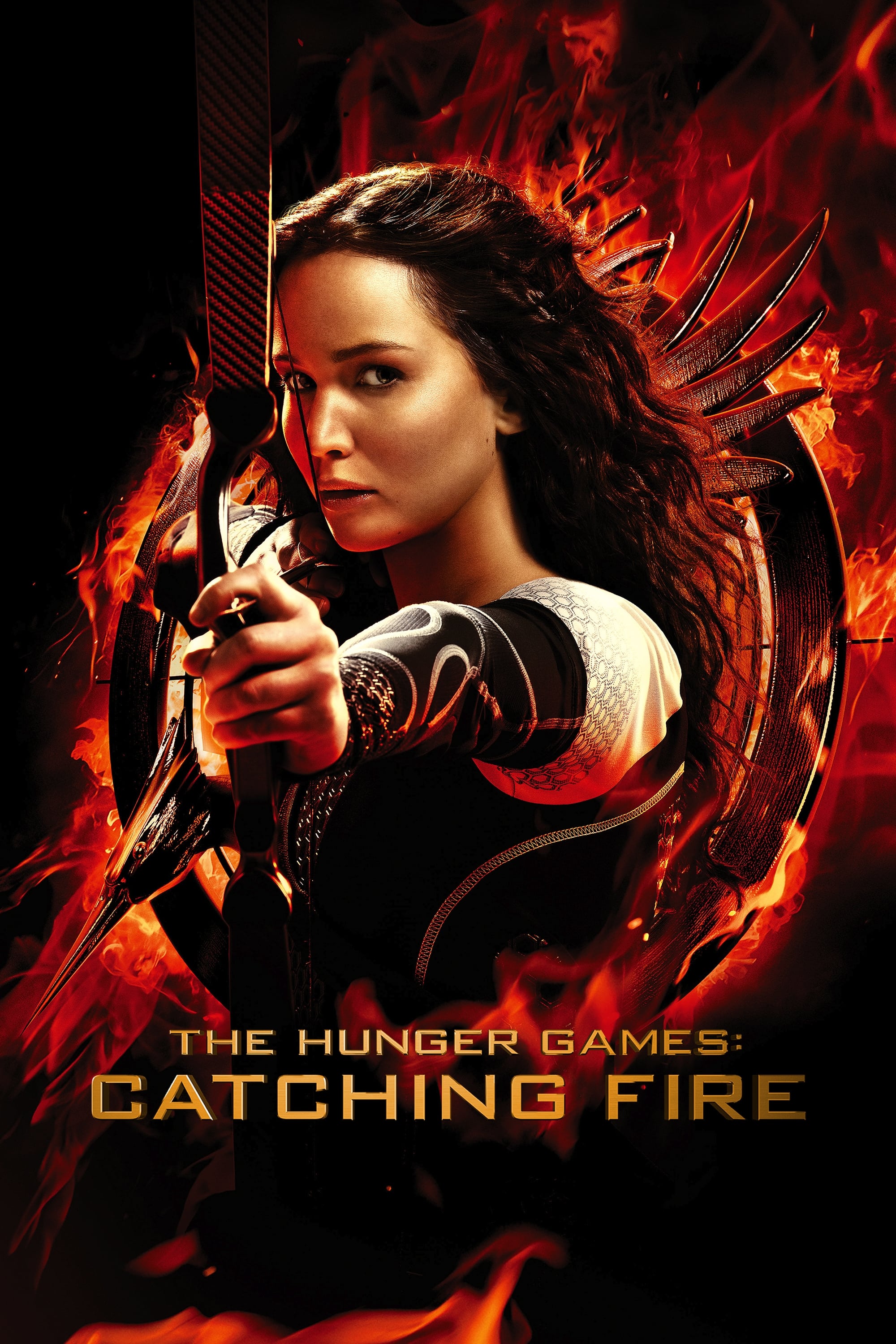
As a movie reviewer, I have to say the use of IMAX film for the arena in the Quarter Quell was a brilliant choice. It really helped to visually set the Games portion of the film apart. What’s clever is how the shift to the arena actually *happened* on screen – it coincided perfectly with the image expanding to fill the taller IMAX frame. It wasn’t just a visual effect; it felt like we were physically entering this new, larger space. IMAX truly enhanced the experience.
For theaters with 70mm IMAX, the film showed a larger picture format only when the original footage was filmed for IMAX. In all other cinemas, the movie was presented in a standard widescreen format throughout the entire film.
‘Interstellar’ (2014)
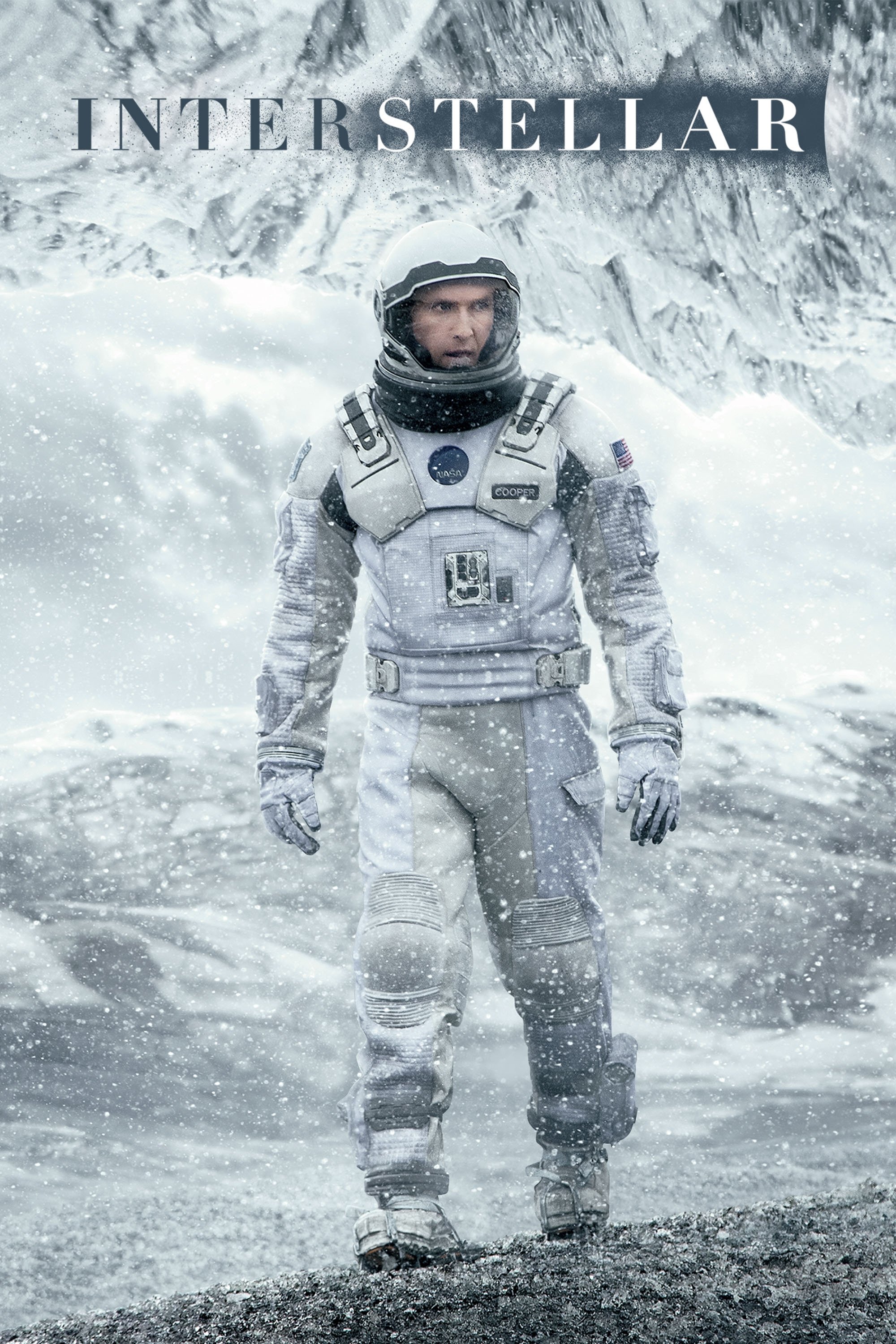
A large portion of the film was shot using IMAX cameras, including both outdoor scenes, indoor sets, and shots of space. This format allowed for incredibly detailed images and clear, extended takes, even with complicated on-set arrangements.
This release featured many prints in the large-format 70mm IMAX, often expanding to fill the entire screen. It was shown simultaneously in 70mm five-perf, 35mm, and digital formats, ensuring it reached many theaters. However, the largest and most expansive image was specifically reserved for IMAX cinemas.
‘Star Wars: The Force Awakens’ (2015)
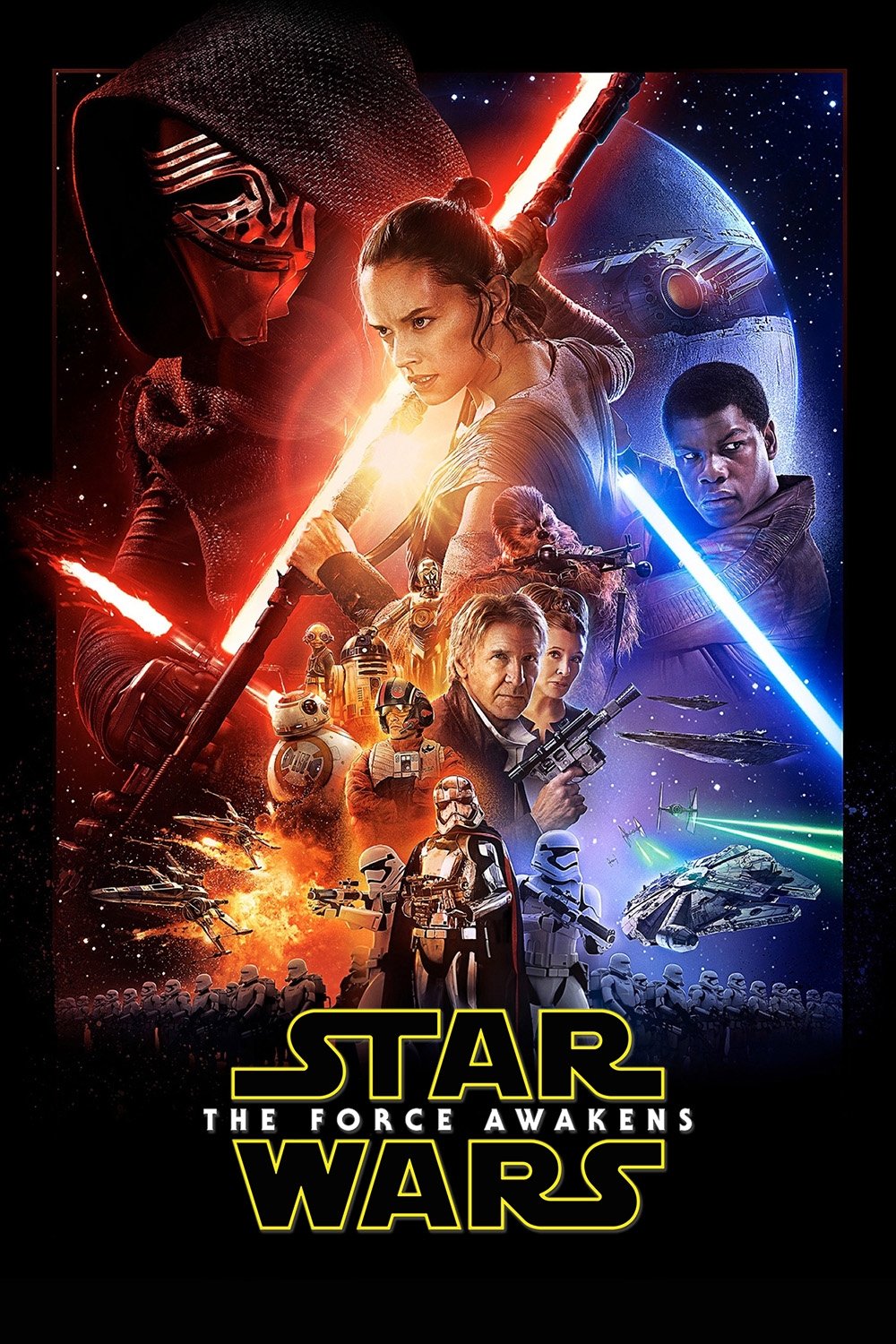
For a crucial desert chase sequence and the action surrounding it, <IMAX> cameras were employed. This was intentionally done to take advantage of the extra vertical space available in <IMAX> theaters. Throughout the editing and color correction processes, care was taken to ensure a seamless visual experience across all formats.
As a film buff, I noticed something interesting when watching this in different formats. When it was projected in IMAX 70mm, the picture actually *expanded vertically* during the IMAX sequences – it was really immersive! But in regular cinemas, it stayed a consistent widescreen image. The good news is that the edits and the audio were the same no matter where you watched it – so you weren’t missing out on any story or sound quality. You can find more details about the different formats here.
‘Batman v Superman: Dawn of Justice’ (2016)
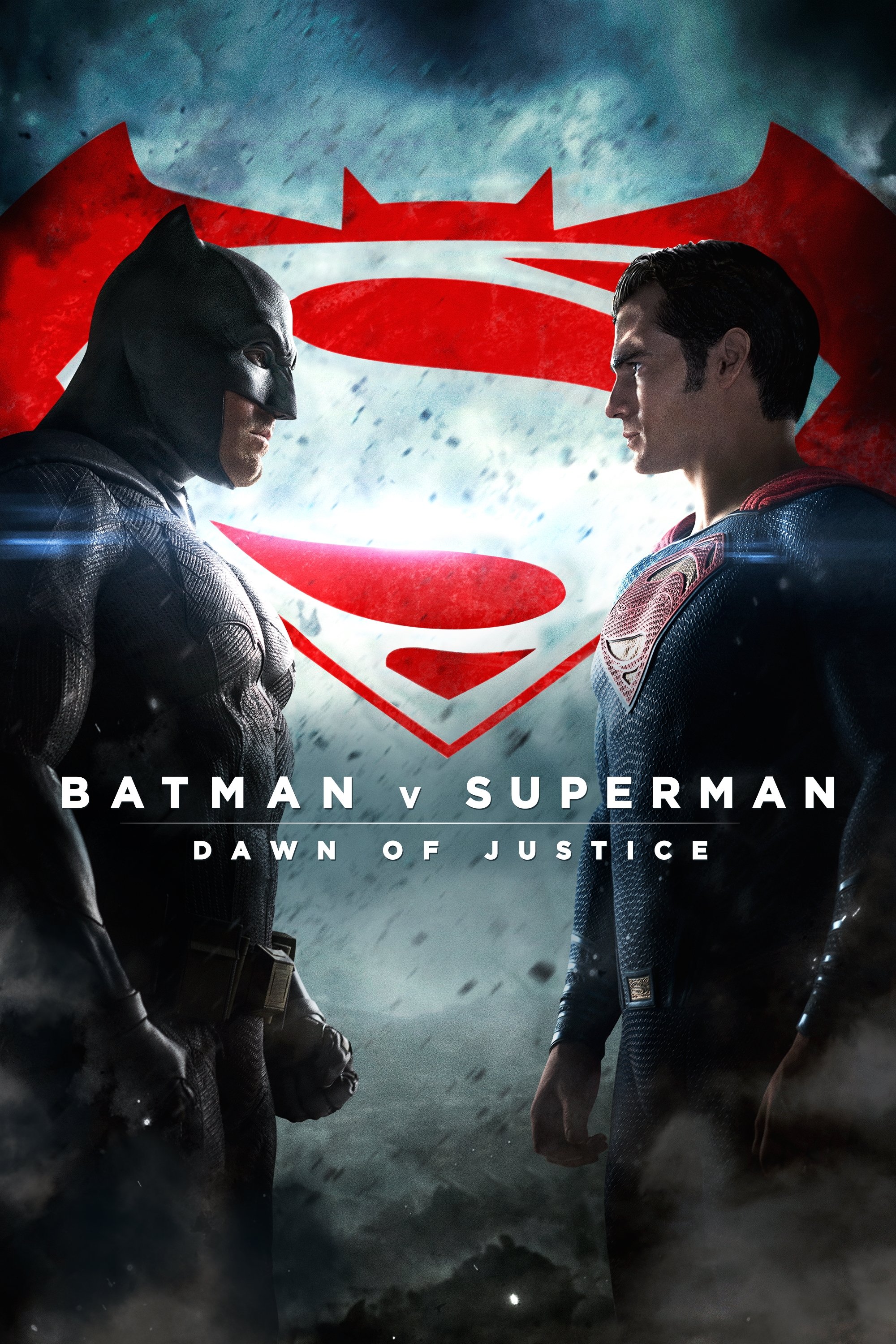
As a film buff, I was really impressed by how they shot certain scenes on IMAX film. It wasn’t just a gimmick; they did it to really make the environments and special effects feel huge and immersive. What I also appreciated was the thoughtful composition – they planned everything so the taller IMAX frame could be used seamlessly, and they didn’t have to awkwardly reframe shots when it switched back to the standard format. It meant a smoother viewing experience overall, and really showcased their attention to detail. You can find more about the technical aspects on this website.
For the best possible viewing experience, select theaters showed the film in 70mm IMAX, but only if a corresponding IMAX film print existed. To reach a wider audience, the movie was also shown in digital format, as well as on traditional 70mm and 35mm film prints, all maintaining a consistent screen shape.
‘Dunkirk’ (2017)
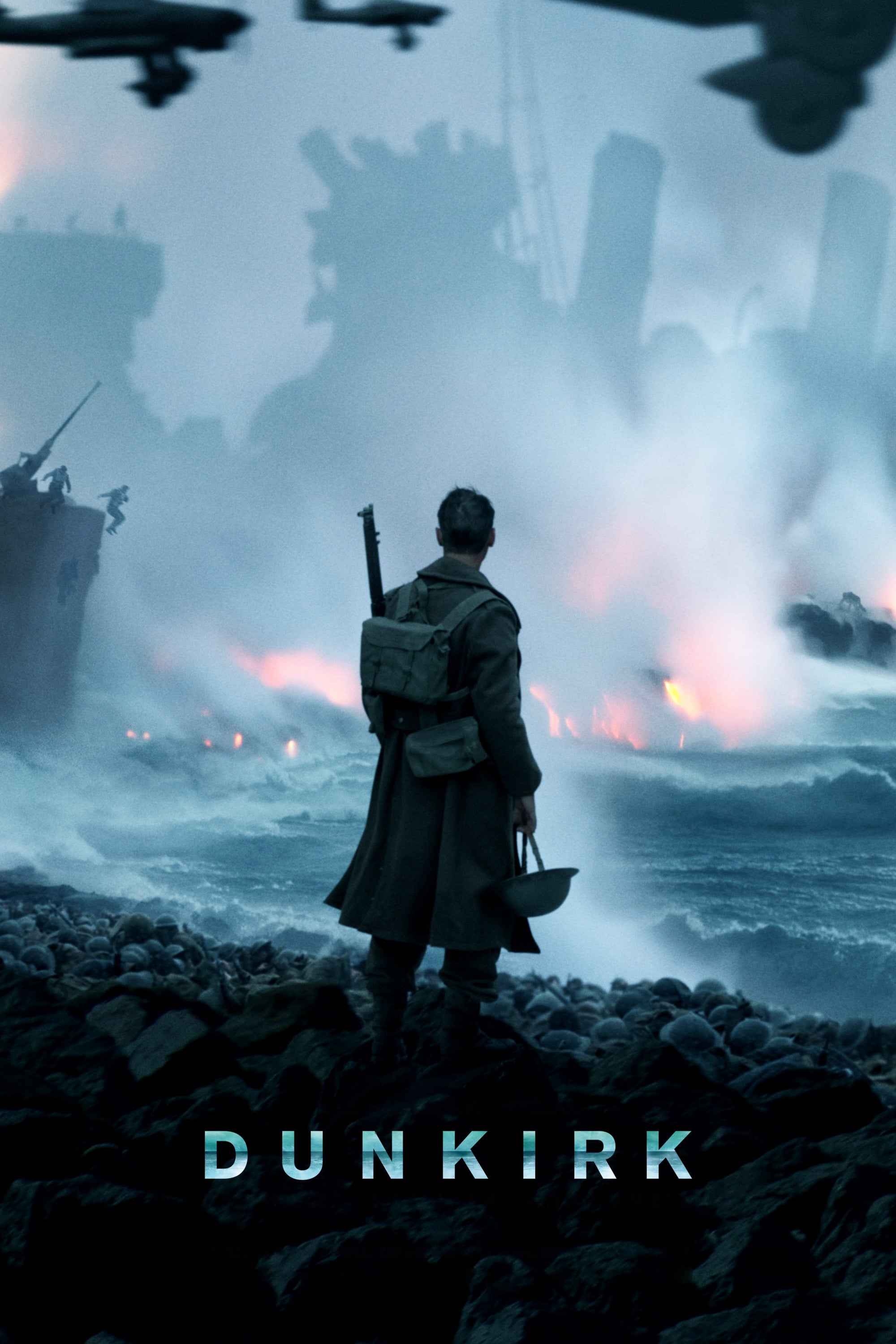
Most of the footage, such as the aerial, ocean, and beach scenes, was filmed using IMAX cameras. Specialized equipment and quick magazine changes allowed for long, continuous shots even in challenging environments.
For a large portion of the film, showings in 70mm IMAX provided the largest image. Some scenes, however, were shown with black bars at the top and bottom of the screen (letterboxed). Other presentation formats, like 70mm five-perf and digital versions, maintained the same editing choices, but varied in how tall the image appeared on screen. This ensured consistency in storytelling across all formats.
‘Tenet’ (2020)
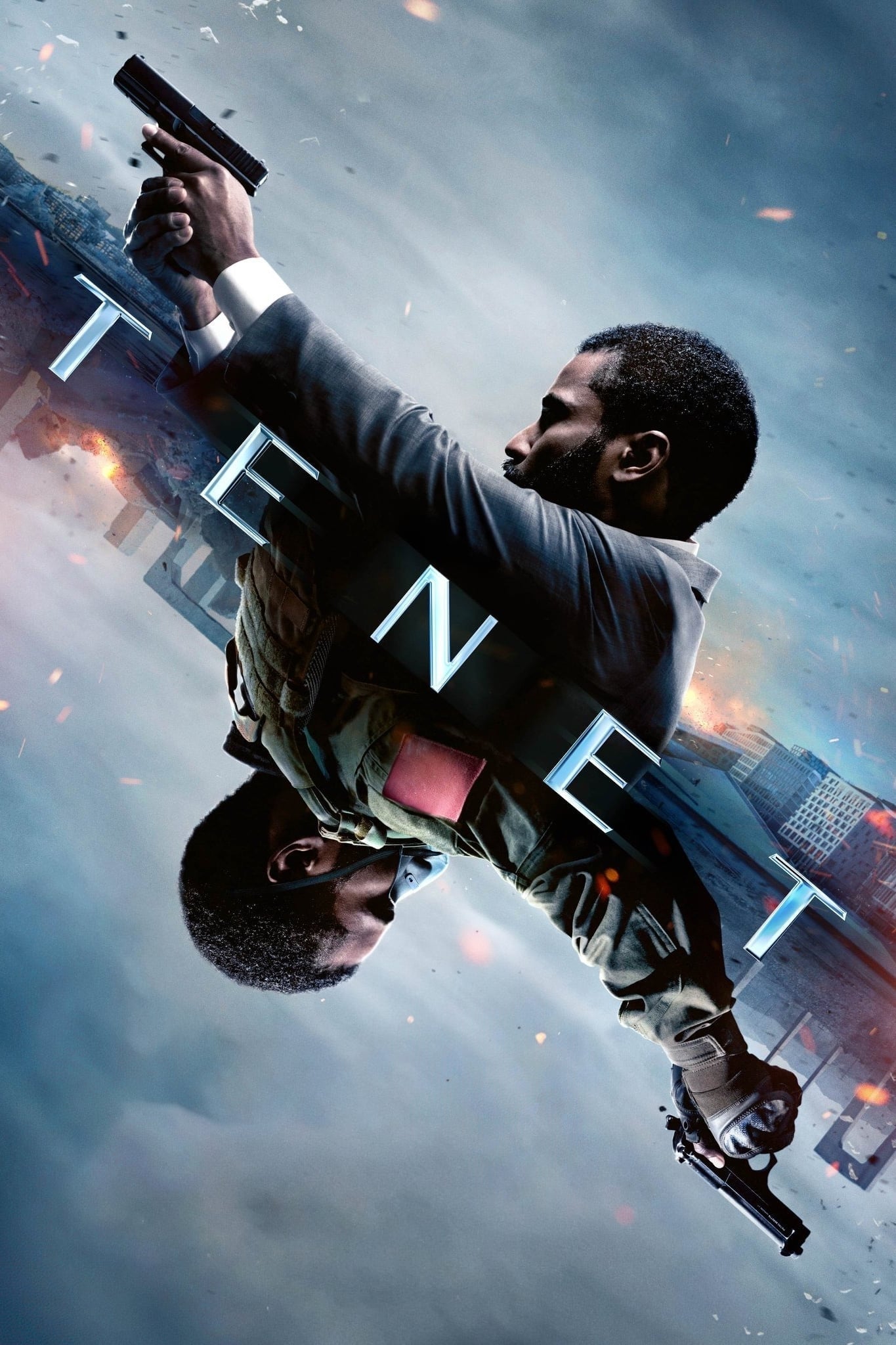
The film used large 65mm IMAX cameras to capture intricate action scenes and expansive settings. During filming, the team carefully composed each shot to ensure smooth transitions when switching between IMAX and standard footage.
The film was shown in a limited number of 70mm IMAX theaters, and these showings had the aspect ratio change during the IMAX sequences. For all other theaters that weren’t IMAX, the film had a consistent frame throughout, ensuring the timing and structure were the same everywhere it was shown.
‘Oppenheimer’ (2023)
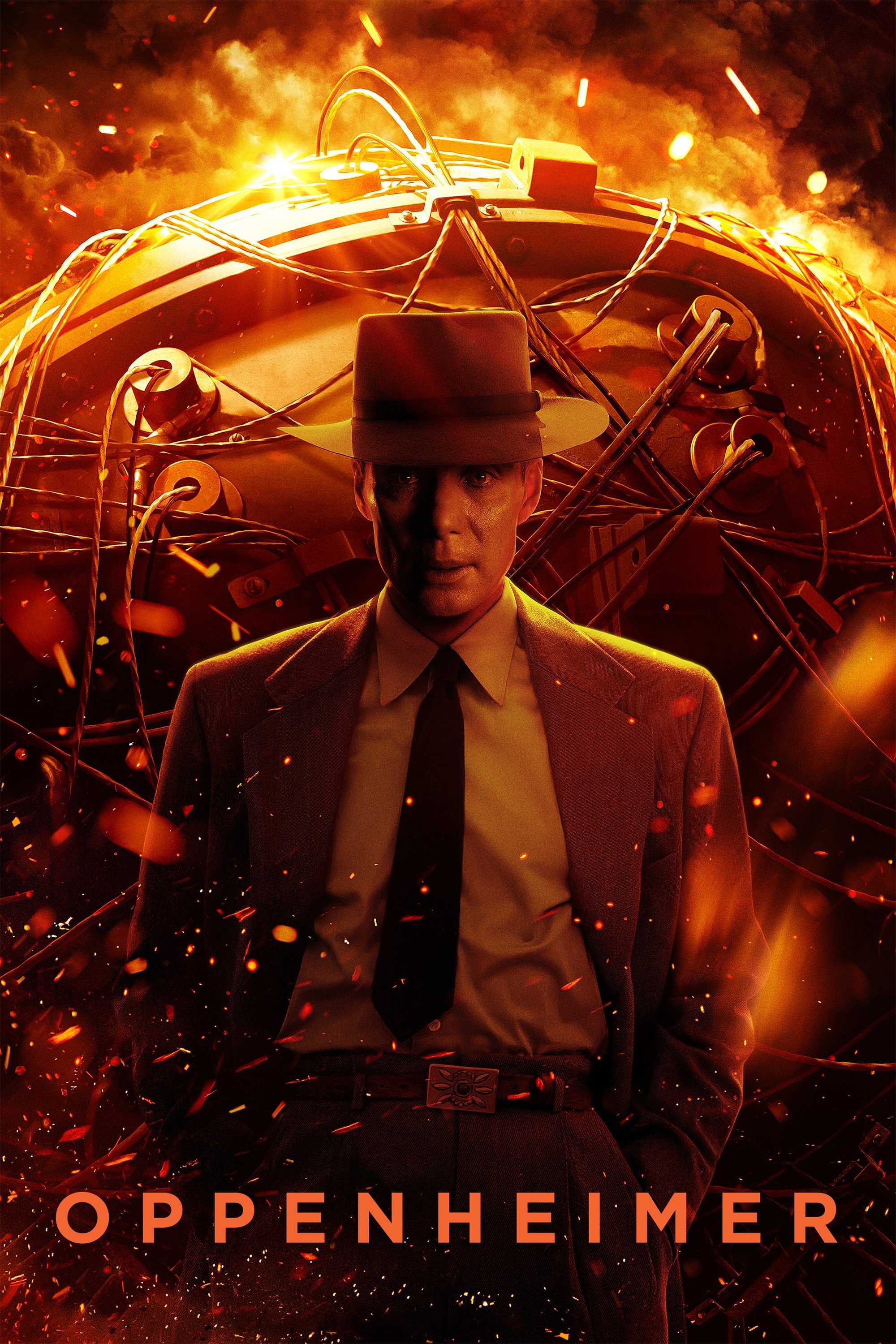
The film uniquely blended color and black-and-white IMAX film, and combined this with visual effects created at a large format. This technique kept details sharp – particularly for faces and textures – and allowed for impressively large and detailed scenes.
When shown in IMAX 70mm, the film had the largest and most detailed picture quality whenever IMAX footage was used. Other versions, like those in 35mm and standard 70mm, kept the same editing. When distributing prints, the focus was on getting the best possible image quality by prioritizing larger screens and premium venues.
‘Sinners’ (2024)
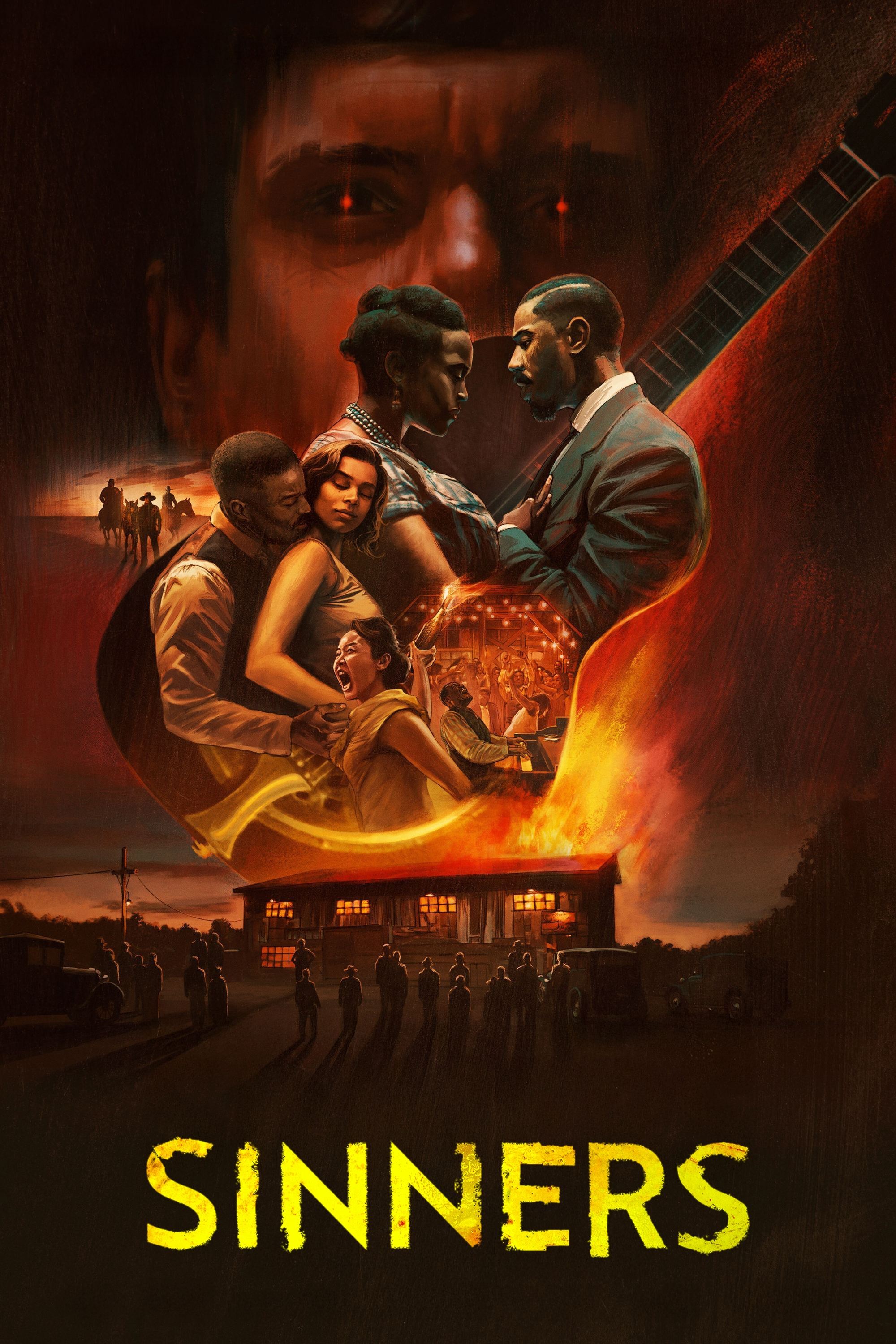
For certain scenes, the production team used IMAX film cameras to capture more of the image, allowing it to fill the entire screen during projection. The process involved carefully managing the loading, positioning, and soundproofing needed for these large cameras while filming on location.
As a movie fanatic, I learned that this release was pretty cool technically. They created special IMAXversions where the image would *expand* upwards during scenes originally filmed for IMAX – really immersive! But the rest of the movie stayed in the standard widescreen format. If you didn’t see it in IMAX, though, don’t worry – you got the same cut of the film, just without any changes to how it looked. Basically, all theaters got the same movie, just different aspect ratios depending on whether they had IMAX screens or not.
‘The Odyssey’ (2026)
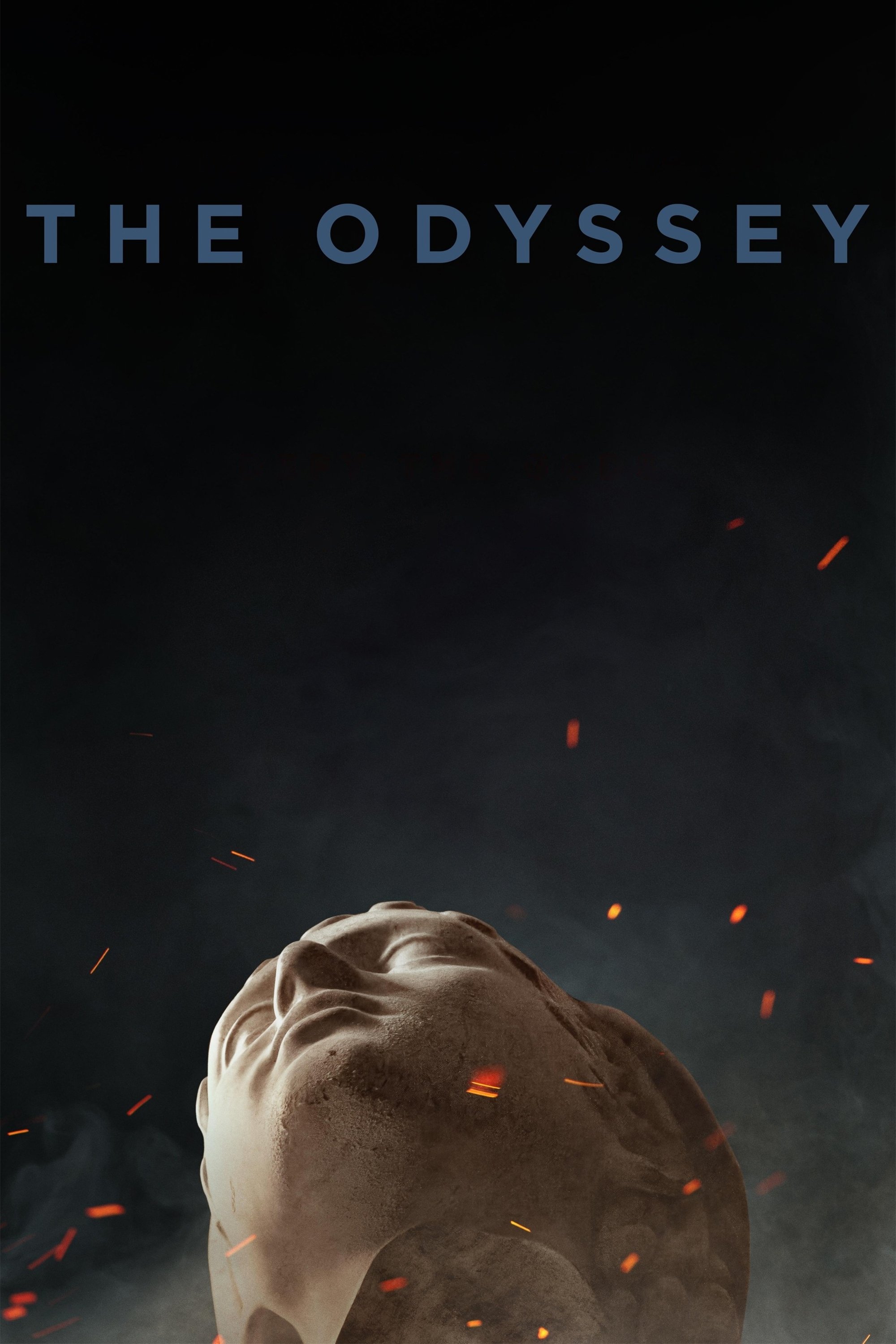
Important scenes were filmed using 15-perforation 65mm film to take advantage of the large format for expansive environments and large crowds. The filming plan intentionally used shot lengths and framing that would look best with the taller image in IMAX theaters.
The film was released with a special strategy: in 70mm IMAX theaters, the image expanded to fill the screen during certain scenes. However, in all other formats, it remained in a standard widescreen presentation. This approach guaranteed that the timing and colors looked the same no matter where the film was shown, while also making the most of the taller screen available in IMAX cinemas.
I’m so curious to hear what everyone thought! If you saw any of these films in a large format, please share in the comments which one you experienced on the biggest screen possible. I’d especially love to know what moments really stood out to you – what impressed you the most? Let’s talk about those amazing cinematic experiences!
Read More
- Ridley Scott Reveals He Turned Down $20 Million to Direct TERMINATOR 3
- The VIX Drop: A Contrarian’s Guide to Market Myths
- Baby Steps tips you need to know
- Global-e Online: A Portfolio Manager’s Take on Tariffs and Triumphs
- Northside Capital’s Great EOG Fire Sale: $6.1M Goes Poof!
- Zack Snyder Reacts to ‘Superman’ Box Office Comparison With ‘Man of Steel’
- American Bitcoin’s Bold Dip Dive: Riches or Ruin? You Decide!
- A Most Advantageous ETF Alliance: A Prospect for 2026
- WELCOME TO DERRY’s Latest Death Shatters the Losers’ Club
- Fed’s Rate Stasis and Crypto’s Unseen Dance
2025-09-30 04:17